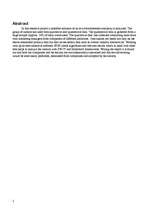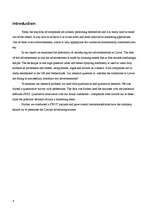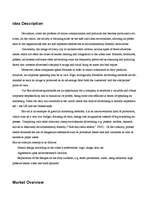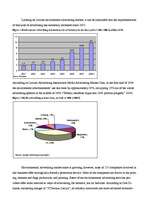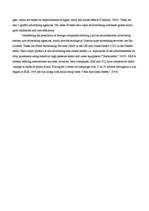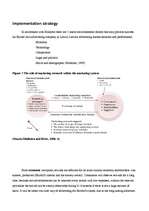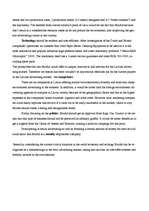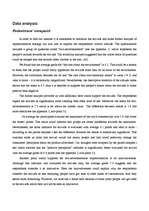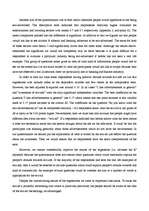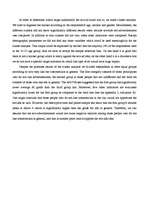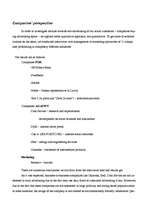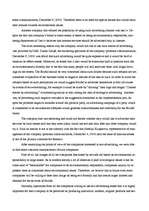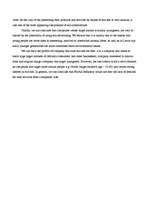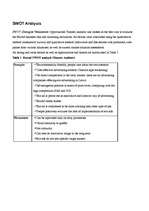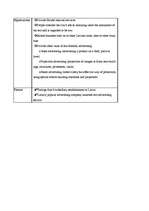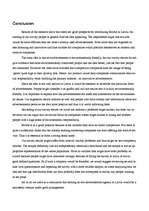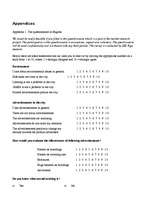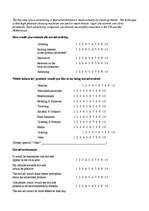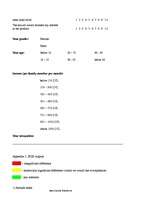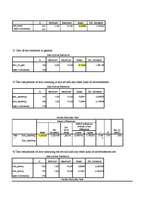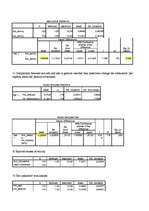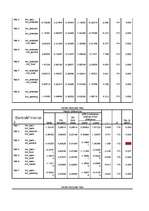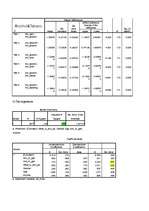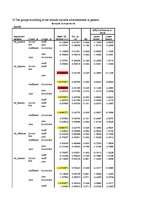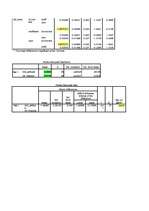-
Advertising by Cleaning Streets
| Nr. | Название главы | Стр. |
| ABSTRACT | 2 | |
| INTRODUCTION | 4 | |
| IDEA DESCRIPTION | 5 | |
| MARKET OVERVIEW | 6 | |
| IMPLEMENTATION STRATEGY | 8 | |
| DATA DESCRIPTION | 10 | |
| DATA ANALYSIS | 11 | |
| Pedestrians’ viewpoint | 11 | |
| Companies’ perspective | 14 | |
| SWOT ANALYSIS | 17 | |
| CONCLUSION | 19 | |
| WORKS CITED LIST | 20 | |
| APPENDICES | 21 |
Today the majority of companies are already promoting themselves and it is really hard to stand out of the others. A way how to achieve it is to use more and more innovative marketing approaches. One of them is eco-advertisement, which is very appropriate for current environmentally concerned society.
In our report we examined the possibility of introducing eco-advertisements in Latvia. The idea of eco-advertisement is that the advertisement is made by cleaning streets that at first sounds confusingly simple. The technique is that high-pressure water and steam spraying machinery is used to wash dirty surfaces as pavements and streets, using brands, logos and adverts as a stencil. Such companies are already established in the UK and Netherlands. Our research question is: whether the conditions in Latvia are fitting to successfully introduce eco advertisements?
To examine our research problem we used both quantitative and qualitative research. We conducted a quantitative survey with pedestrians. The data was further used for analyses with the statistical software SPSS. Qualitative interviews with our actual customers – companies were carried out to determine the potential demand of such a marketing mean.
Further we conducted a SWOT analysis and gave overall recommendations how the company should try to penetrate the Latvian advertising market.…
Abstract In this research project a possible entrance of an eco-advertisement company is analyzed. The group of authors has used both qualitative and quantitative data. The quantitative data is gathered from a large sample (approx. 200) of daily commuters. The qualitative data was collected conducting interviews with marketing managers from companies of different industries. Conclusions are based not only on the above-mentioned primary data but also on secondary data such as overall industry statistics etc. Working with up-to-date statistical software SPSS yields significant and relevant results which in hand with other data helps to analyze the venture with SWOT and Malhotra's frameworks. Writing the report it is found out that both the companies and the society are environmentally concerned and that eco-advertising would be most likely profitable, demanded from companies and accepted by the society.


